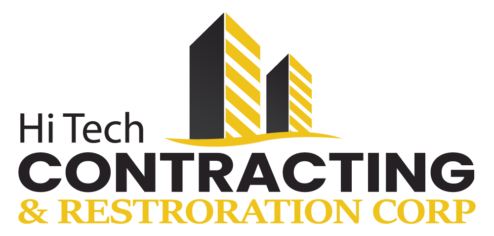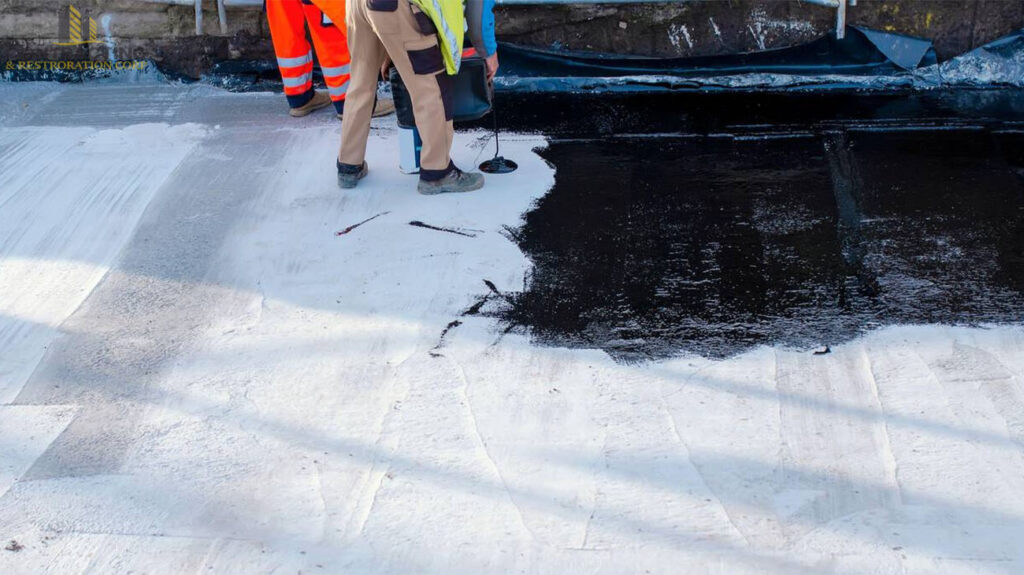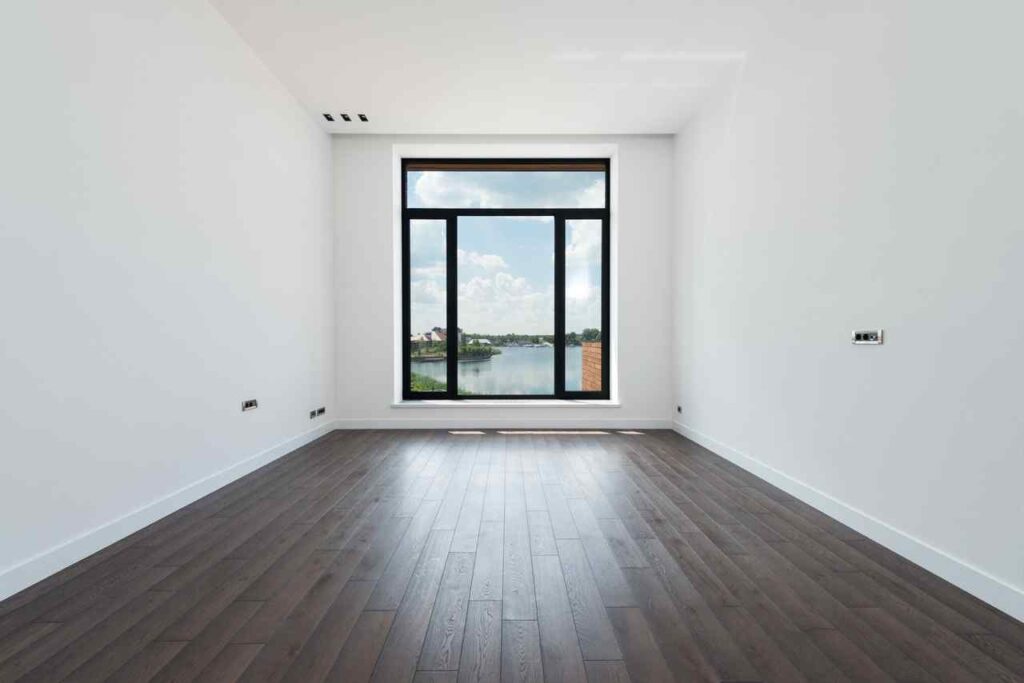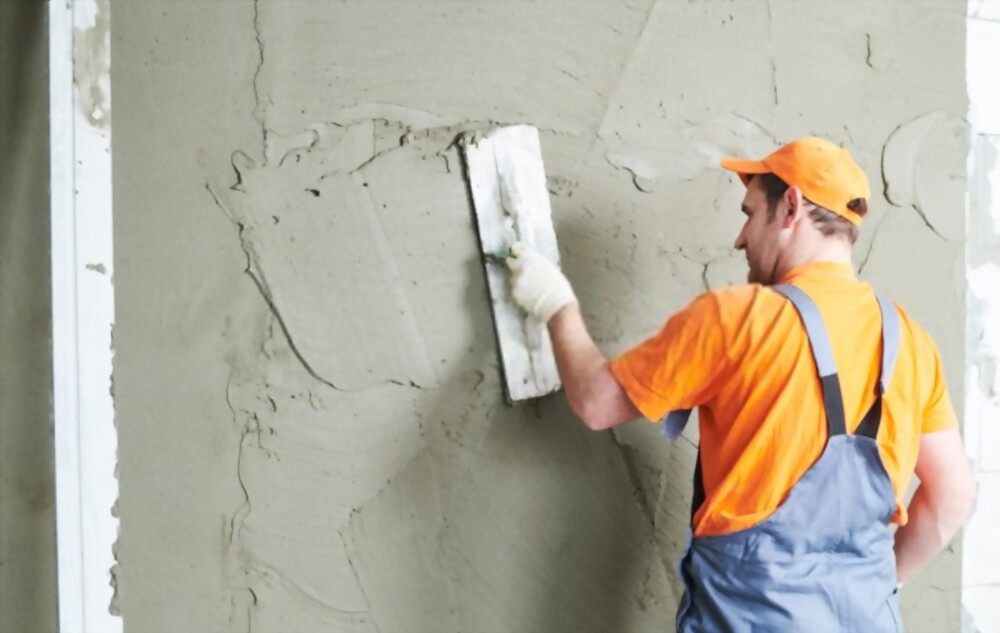Best waterproofing Methods:
leakproof is the process of making surfaces impervious to water penetration, safeguarding structures from moisture damage. It involves applying specialized coatings, membranes, or sealants to surfaces like roofs, walls, and foundations. water-resistant enhances structural integrity, prevents mold growth, and prolongs the lifespan of buildings in various environments, ensuring durability and resilience.
Types of Best Waterproofing: Ensuring Protection Against Moisture:
Waterproofing is an important factor of production and preservation to protect systems from moisture infiltration, that could cause great harm and deterioration over time. Various strategies and materials are employed to attain effective leakproof , tailored to specific requirements and environmental conditions. Understanding the special types of waterproofing is important for making sure the longevity and sturdiness of buildings and infrastructure. In this complete manual, we explore the various processes to water-resistant and their packages.
Best Waterproofing Surface:
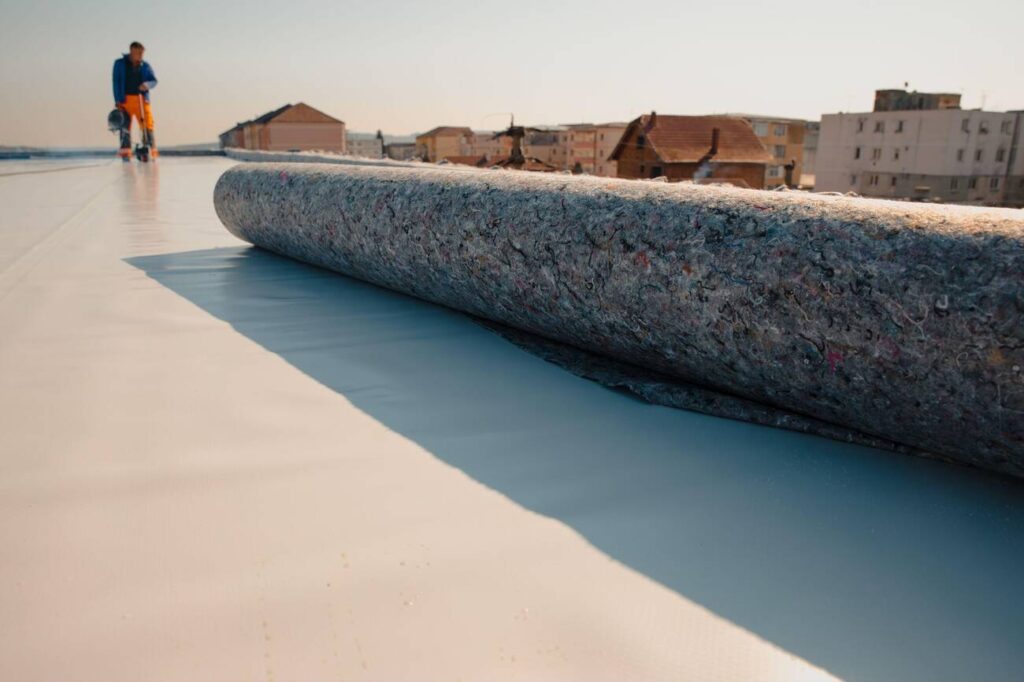
Surface leakproof is one of the most commonplace techniques used to guard surfaces from moisture penetration. It includes making use of a waterproof coating directly onto the floor, forming a barrier that prevents water from seeping into the underlying structure. This technique is typically used for horizontal surfaces together with roofs, balconies, and terraces. Common substances used for surface water-repellent encompass bituminous coatings, acrylic coatings, and polyurethane coatings.
Best Waterproofing Membrane :
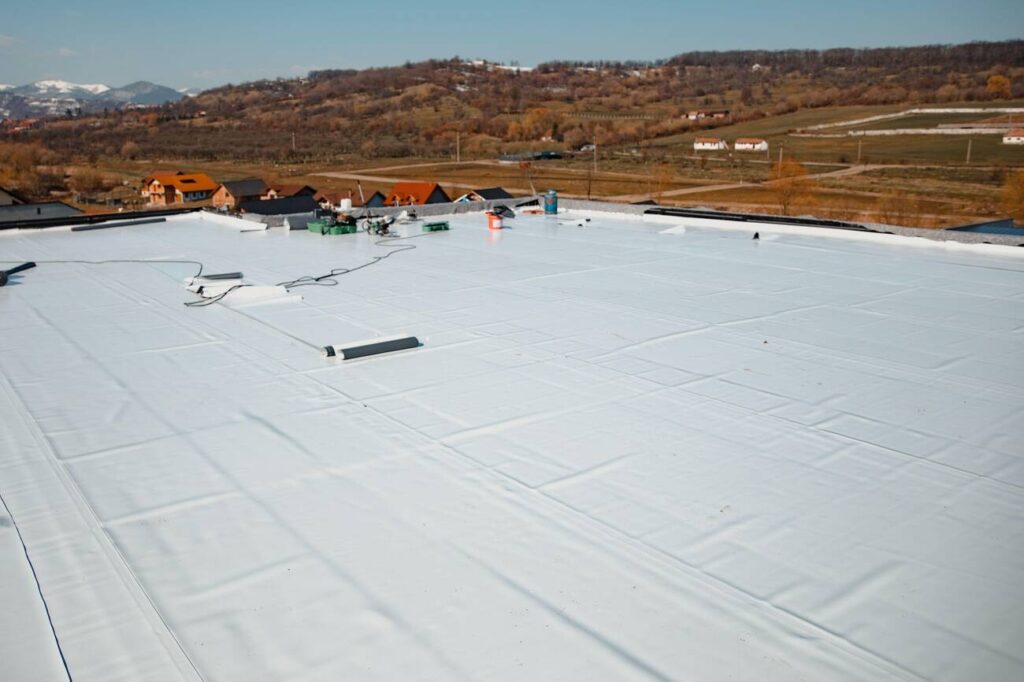
Membrane water-repellent involves the software of a thin, flexible membrane onto the floor to create a water-resistant barrier. These membranes are commonly product of substances like bitumen, PVC, EPDM (ethylene propylene diene monomer), or TPO (thermoplastic polyolefin). Membrane water-resistant is exceedingly effective for both horizontal and vertical surfaces, making it suitable for a extensive variety of packages which includes basements, foundations, and underground structures.
Best Waterproofing Bentonite
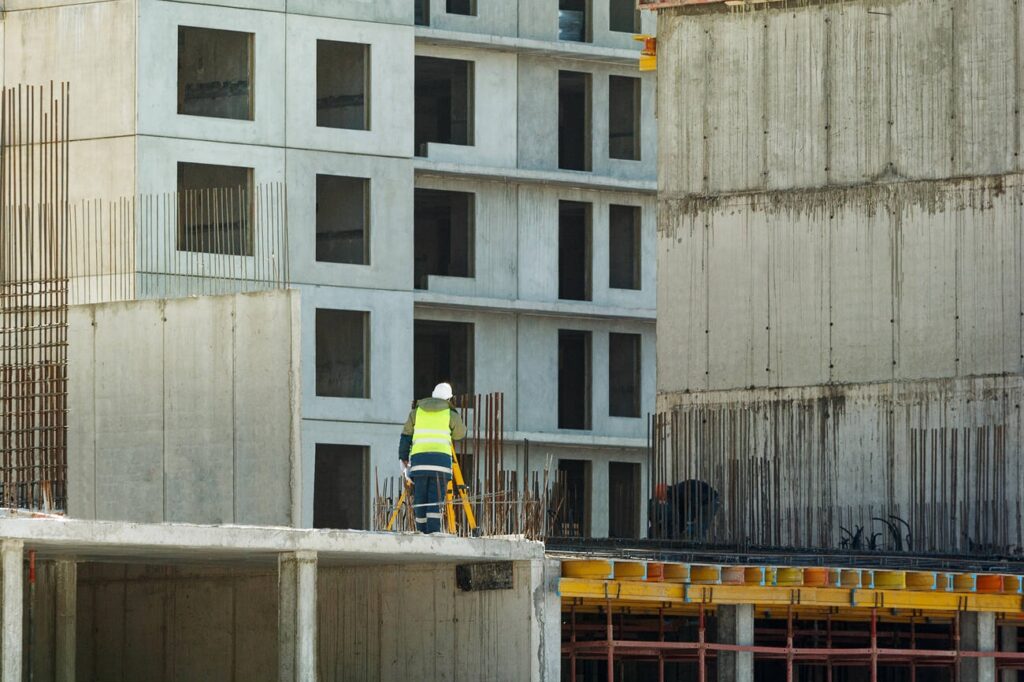
Bentonite water-resistant is a completely unique technique that makes use of sodium bentonite, a obviously going on clay cloth with top notch waterproofing residences. When hydrated, bentonite paperwork a dense, impermeable layer that efficaciously prevents water infiltration. Bentonite leakproof is commonly used in under-grade programs including foundation walls, elevator pits, and tunnels. It is generally mounted as panels or sheets, which swell upon touch with water to create a watertight seal.
Best Waterproofing Injection:
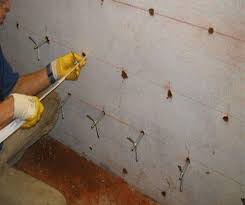
Injection leakproof is a specialised method used to restore and waterproof concrete structures which might be already in place. It entails injecting a waterproofing cloth along with epoxy or polyurethane resin into cracks, voids, or joints within the concrete substrate. The injected material fills and seals the gaps, efficiently preventing water from penetrating the shape. Injection water-resistant is especially beneficial for repairing leaks in concrete partitions, slabs, and foundations.
Best Waterproofing Integral
Integral water-resistant is a way that includes including water-repellent marketers immediately into the concrete mix during the mixing manner. These leakproof additives work by lowering the porosity of the concrete, thereby improving its resistance to water penetration. Integral leakproof is useful for a huge variety of concrete structures, together with foundations, basements, and water tanks. It affords long-lasting waterproofing protection without the need for additional floor remedies.
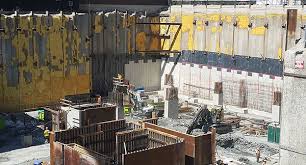
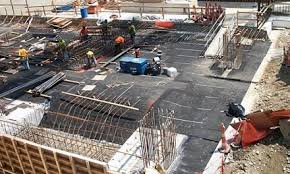
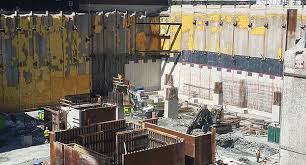
Best Waterproofing Sheet
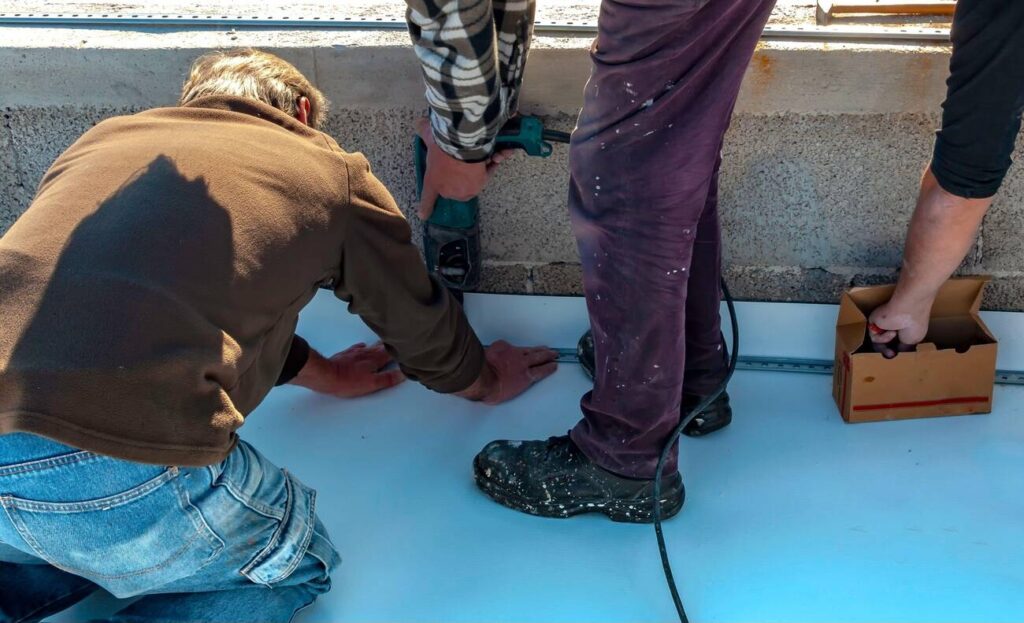
Sheet waterproofing includes the installation of pre-manufactured leakproof membranes or sheets onto the surface to create a shielding barrier against moisture. These sheets are made from substances along with modified bitumen, PVC, EPDM, or HDPE (excessive-density polyethylene). Sheet waterproofing is commonly used for roofing packages, in addition to beneath-grade systems inclusive of basements and tunnels. It gives quick and efficient water-resistant answers, specially for huge-scale projects.
In conclusion:
waterproofing is a essential component of production and upkeep to safeguard structures towards moisture damage. By knowledge the diverse kinds of leakproof strategies and their applications, production experts can effectively mitigate the dangers related to water infiltration, ensuring the toughness and sturdiness of buildings and infrastructure. Whether it’s surface coatings, membranes, cementitious substances, or specialised injection techniques, selecting the proper water-resistant approach is important for protective structures and retaining their integrity over the years.
